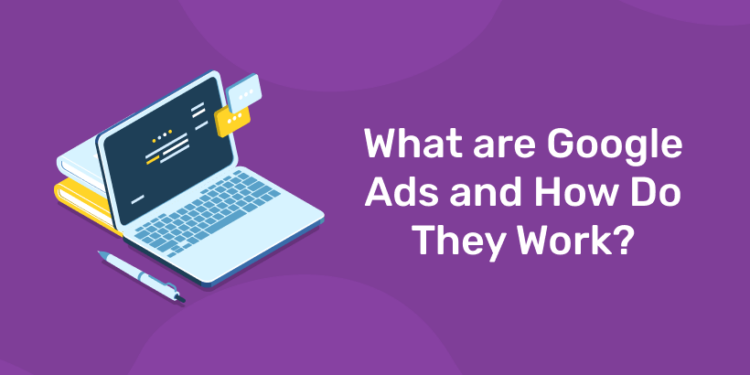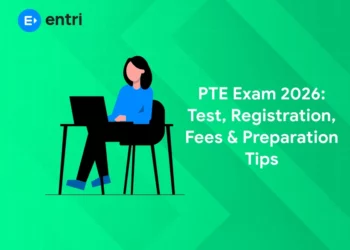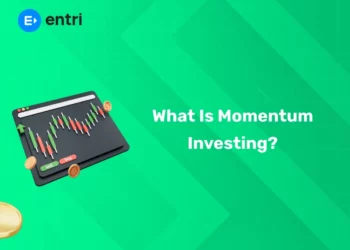Only two years had passed since Google.com, the website that has since surpassed all others in popularity was founded. The advertising platform first appeared in October 2000 under the name Google Adwords; however, in 2018, it underwent a makeover and became known as Google Ads. Google Ads is a platform for paid advertising that operates under the pay-per-click (PPC) marketing model, where the advertiser pays per click per impression (CPM) on an ad. Google Ads are a successful technique to attract qualified visitors, or good-fit customers, to your company as they look for goods and services similar to what you provide. With Google Ads, you may increase the number of people who call you, visit your business, and visit your website.
Sign up for Entri and learn Digital Marketing from experts
With Google Ads, you can make and distribute strategic advertisements to your target market on desktop and mobile devices. This implies that when your target clients use Google Search or Google Maps to hunt for goods and services similar to yours, your company will appear on the search engine results page (SERP). By doing this, you can reach your target market at the right time for them to see your advertisement. You can also modify your advertisements to fit your budget regardless of the size of your company or the resources you have at your disposal. You have the option to keep within your monthly budget with the Google Ads tool, and you can even suspend or discontinue your ad expenditure at any moment.
Want to learn Digital Marketing, Join Entri now
Google Ads Manager
An ad exchange platform called Google Ad Manager was unveiled by Google. DoubleClick for Publishers (DFP; formerly known as DART for Publishers) and DoubleClick Ad Exchange, two former services from Google’s DoubleClick division, are combined into one (AdX). Before declaring that a first-price auction-style would take its place, Google Ad Manager initially used a second-price auction format. Inventory is managed by Google Ad Manager on behalf of advertisers, publishers, and ad servers. Publishers can manage their inventory of ad space, advertisers can manage their inventory of ad creative, and ad servers can utilize the platform to choose which ads to display and where to serve them. Additionally, Google Ad Manager can propose user enhancements based on data gathered from ad performance and ad space performance.
Best Digital Marketing courses and Better Placements. Join Entri
An online ad exchange tool for businesses or people is called Google Ad Manager (GAM). A business or individual can use this online assistance to manage their inventory of advertising, the audiences those ads target, the effectiveness of the commercials they are currently running, and the buying and selling of their ads by other networks. An advertising exchange service is Google Ad Manager. This implies that other ad agencies or advertising management platforms may purchase or sell the material or advertisements that a business or individual has on Google Ad Manager. Composing reporting for various types of analysis is one of Google Ad Manager’s key features. These services include monthly ad unit reports, creative reports, network performance reports, network geography reports, billing reports, downloaded impressions, and reports on campaigns, creatives, devices, and browsers.
Best Digital Marketing courses and Better Placements. Join Entri
Type of Google Ads
There are three basic types of google ads. They are:
- Search Network Campaign
- Display Network Campain
- Video Campaign
Let us look into these types of google ads in detail:
- Search Network Campaign
These ads, which are often text ads, can appear on Google Search results pages when someone searches for a good or service that you offer.
- Display Network Campain
These advertisements, which are typically in image form, show on websites or apps that your consumers use.
- Video Campaign
These advertisements, which are typically 6 or 15-second clips, appear before or during YouTube programming.
Conclusion
Learn how to create effective digital marketing campaigns with our comprehensive digital marketing course in placement. Master Google Ads by developing strategies that generate clicks and leads, and refine campaigns using data and expert techniques. Understand how to build impactful advertising efforts that deliver measurable results in the competitive digital space











